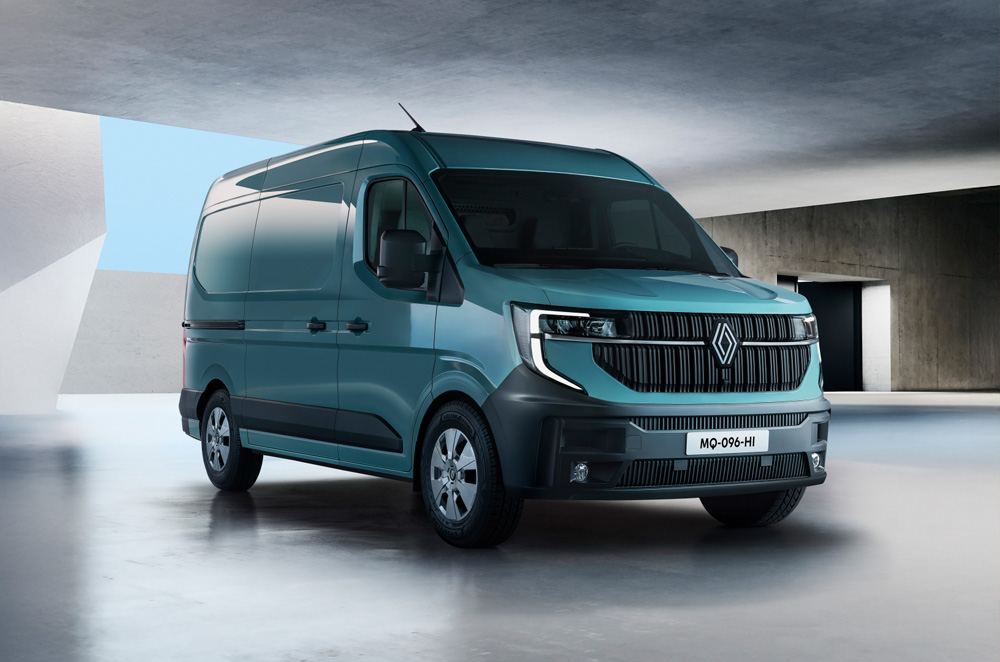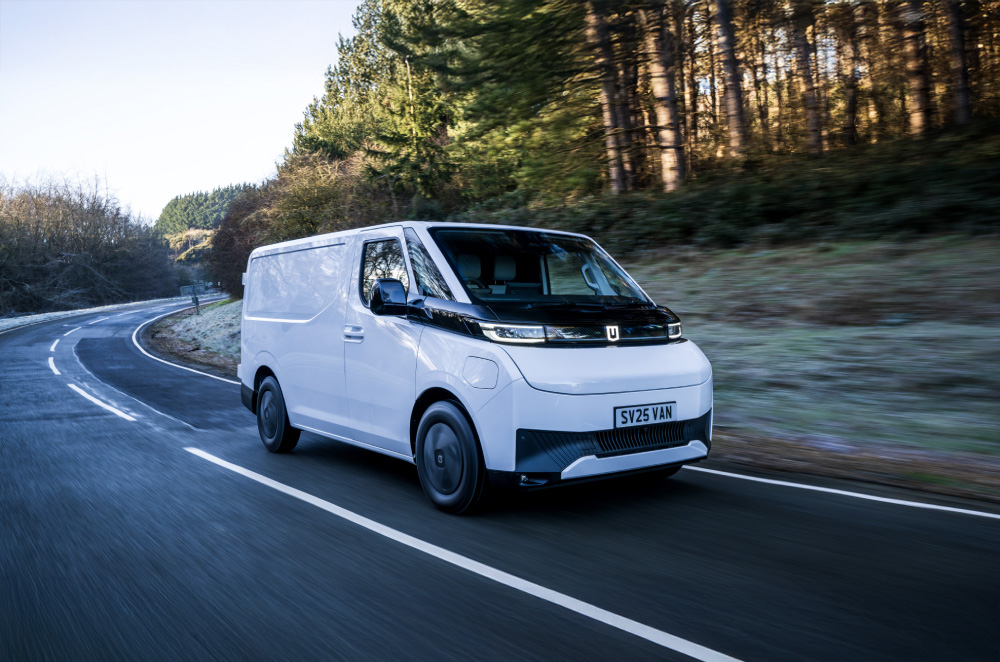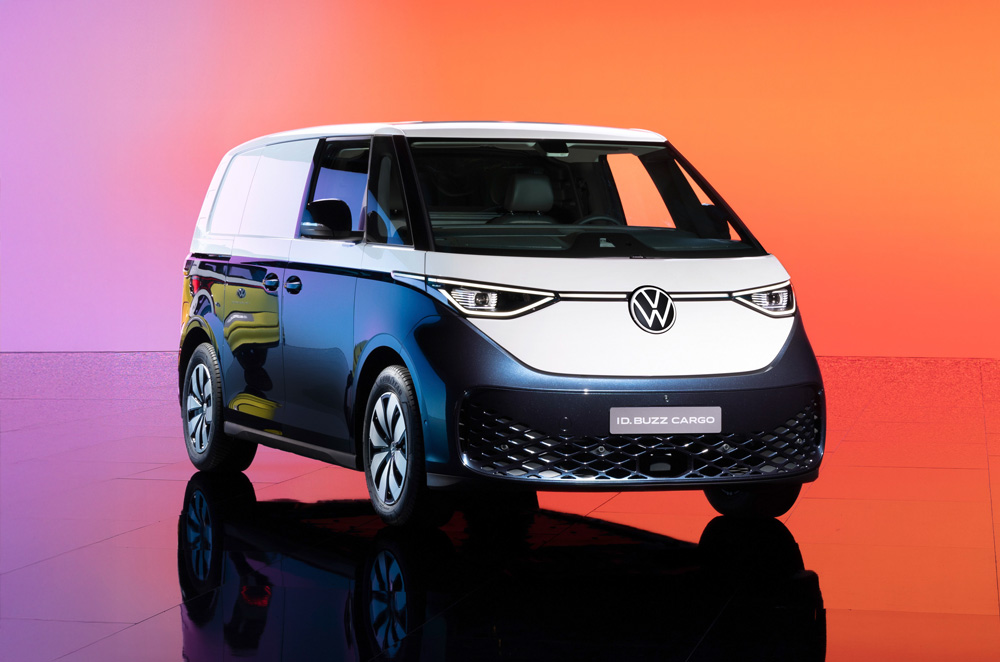S h a r e
An opportunity for fleets to electrify vans


Posted by
Andy Bruce
March 2025
Cars have been the easy part of fleet decarbonisation. Conducive benefit-in-kind taxation has persuaded company car drivers to switch to electric, while progressive businesses wanting to address decarbonisation as part of a wider ESG programme have introduced electric car salary sacrifice schemes for staff.
Vans, though, have been rather more difficult. In our experience, the main issues have been suitability: range under load, availability of charging infrastructure, and so on.
But there’s an opportunity to move on from there. The Government has extended the running period for the Plug-in Van Grant to April 2026.
The Plug-in Van Grant was launched in 2012 to help bridge the price gap between ultra-low-emission vans and diesel vans. It was due to end in March 2025, but this 12-month extension is very welcome.

Plug-in Van Grant in detail
There are two levels of grant available. For small vans at less than 2,500kg, the grant is worth £2,500. For larger vans (2,500kg-4,200kg) the grant is worth up to £5,000. To qualify, vans must have emissions below 50g/km and be able to travel at least 60 miles without emissions.
You can see which vans are eligible for the grant on the Government website here.
Furthermore, the requirement that drivers of 4.25-tonne electric vans undergo five hours of training has also been removed. That should certainly make it easier to find van drivers for larger electric vans in the future and put them on parity with diesel vans of 3.5 tonnes.
But there are other reasons why fleets should really start considering electric vans.
The primary one for me is the greater availability of electric van products. The Renault Master E-Tech has a range of 285 miles and currently leads the van market in terms of range, although the Kia PV5, due to be launched at the CV Show, is said to be good for around 300 miles. Meanwhile, the new Chinese Farizon SV large van from Jameel Motors UK can travel 247 miles on a charge.


But don’t overlook some very good existing vans, such as the Volkswagen ID.Buzz. Apart from looking great with its retro-inspired styling, the electric van is capable of over 250 miles on a charge. And I have no doubt that one day, in the not-too-distant future, we’ll be writing about the Ford E-Transit Custom as the best-selling van—like its current diesel equivalent.

Rapidly improving infrastructure
The other hurdle to widespread electric van adoption has been charging infrastructure. But that landscape is also changing rapidly for the better.
In January, a further 240 new rapid (50kW to 150kW) or ultra-rapid chargers (150Kw+ to 350kW) were added to the charging network, bringing the total to 14,711. Charging map specialist Zapmap updates the number each month. An ultra-rapid can charge an electric van battery to 80% in about 20 minutes, so drivers can be swiftly on their way following a short break.
Providing sustainable mobility solutions to fleets is what we thrive on at Fleet Alliance. I’d like to engage with more fleets on how they can move their van fleets towards a more sustainable and decarbonised future.
You also might like…
If you liked this article then check out our posts about similar topics
What makes Fleet Alliance a winner in the SME fleet sector?
We all like an award, an additional trophy for the cabinet - the recognition is important and it’s always good to rece...
10 great cars to have on salary sacrifice 2025
Employers and employees are really catching on to salary sacrifice because you can drive a brand new electric car (EV) a...
How changes to the ZEV mandate can help on the decarbonisation journey
With media headlines stuffed full of tariffs and their impacts on the UK and the world economy, it is perhaps little won...
Is an electric car on salary sacrifice too good to be true?
Short answer: no But you probably want something more reassuring than that So let’s go If you were to lease an e...
Changes to Vehicle Excise Duty and the Luxury Car Tax for electric cars
Electric car (EV) customers need to be aware of two important changes to Vehicle Excise Duty (VED) - more commonly known...
Volvo ES90 Review: The Future of Electric Luxury
The electric revolution shows no sign of slowing, and Volvo is making its next decisive move with the all-new ES90 – a...
Make your fleet run like clockwork
Imagine a fleet that runs like clockwork—where leasing and sub-contractor costs are under control, and managing everyt...
How does the charging infrastructure work for electric vehicles?
If you’re new to electric vehicles - perhaps you’re preparing to get one as your new company car or ready to receive...
Ready to make the management of your fleet more efficient?
Request a call back
